Introducing the Spanish Empire
Classical Library
The Library
Electronic Texts
Curriculum Choices
About Spanish and Latin History
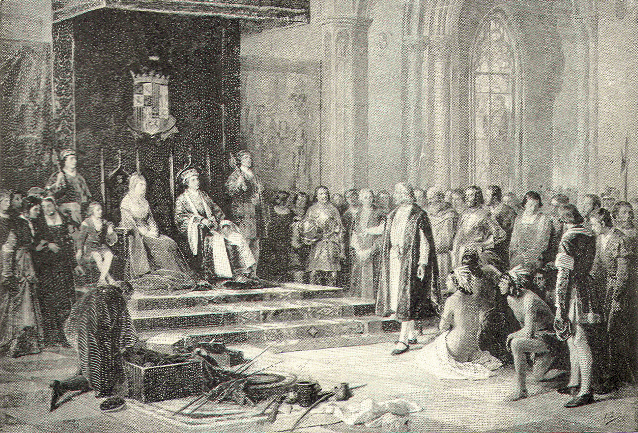
Welcome to the Heritage Spanish Empire Classical Library. If you have never used
a Heritage Classical Library before, this page will help explain how the
information included in the Spanish Empire library is organized and how it
can be used for independent study.
The Library
The page you are looking uses the same software that you are accustomed
to using when you browse the internet, but is reading files directly from your computer.
What this means is that all of the books that you link to in this environment
are available for you to view, print, or download to another device.
You don't need to pay additional fees to copy these books to an e-Reader or
Tablet, and you don't need to access the internet to view
them on your computer. Best of all, you don't need to worry about
copyright violations
if you choose to print or copy anything from the Spanish Empire Library
for your personal use.
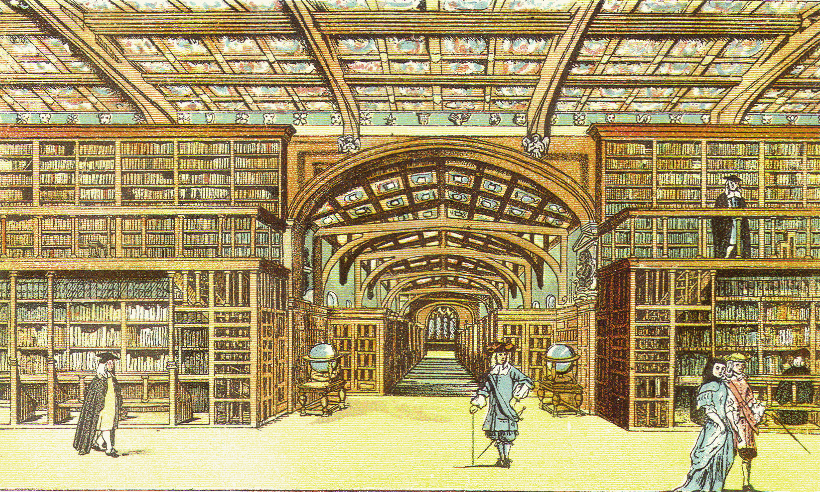 The Spanish Empire Classical Library contains over fifty traditional history
books written especially for young people. It includes books at reading levels
from fourth grade to high school and each
book is presented in three different formats so students can read them on their
home computer, make printed copies, or download them to their e-Reader device.
Instructions for using electronic books in various formats are provided
in the Electronic Texts User Guide.
The Spanish Empire Classical Library contains over fifty traditional history
books written especially for young people. It includes books at reading levels
from fourth grade to high school and each
book is presented in three different formats so students can read them on their
home computer, make printed copies, or download them to their e-Reader device.
Instructions for using electronic books in various formats are provided
in the Electronic Texts User Guide.
The contents of the Spanish Empire library can be referenced by
Subject, Genre, or
Reading Level.
Each entry includes the book’s title,
author, size, and links to three electronic formats. Software that "reads"
electronic books is required to view these files, but the Adobe Reader,
which displays the PDF version of each book,
already exists on almost all personal computers, and other electronic reader software can be
downloaded for free from the internet.
All of the books in the Spanish Empire Library deal with some aspect of Hispanic
history, but the sort books
by Subject
page organizes them into specific topics, including
Spain and Portugal,
Exploration,
South America and
Mexico.
In addition to subject, the collection of Hispanic history books can also be referenced
by Genre. Heritage History genres include
Comprehensive histories, which cover Spanish and Latin American history chronologically,
Episodic histories, which focus on a particular incident or era,
Social histories, which emphasize the geographic aspects of
Spain and Latin America, and
Biographies. The two final genre categories are
Legends and Literature and
Historical Fiction.
Lastly, the Spanish Empire library provides lists of its books sorted
by Reading Level.
Books intended for Grammar school students are listed in
Green, books appropriate for middle schoolers are listed in
Brown, and those recommended for more mature audiences are listed in
Red. This color scheme is used
throughout all Heritage History web pages and products to reflect reading level.
In addition to providing book lists organized by
subject, genre, and
reading level, the
Spanish Empire Library contains several additional reference pages intended to help
students and instructors identify books of particular interest. The
Summaries
page includes a short description of each book in the library. The
Series
page, which features descriptions of overall series rather than individual books,
may be helpful to those readers who enjoy a particular book and would like to
locate similar volumes. Finally, the
Recommendations
page provides specific reading recommendations for core reading assignments for
various age groups.
Using Electronic Texts
In order to make our entire library of traditional history books available at an
affordable price, Heritage History provides electronic versions of all of our
books in both e-Reader and printable format.
Unfortunately, not everyone is up-to-date regarding
the most recent advances in electronic books technology. In order to
help our users make informed decisions about usage and purchases of
e-Readers and desktop publishing tools, we have provided an
Electronic Texts User Guide. It is divided into
three main sections that deal with issues related to
electronic readers, self-publishing, and copyright restrictions.
The Heritage guide to
Electronic Readers
discusses the differences between various e-Reader technologies and gives detailed
instructions for downloading Heritage e-Books from a Compact Library
to an e-Reader device such as Kindle or Apple iPad.
For those who prefer reading hard-copies rather than e-Books, the Heritage guide to
Self-publishing
provides tips for printing
and binding the books from the Heritage library at home in an efficient and cost-effective
manner. Finally, the terms and conditions of using the electronic texts are
discussed in the
Copyright Terms section.
A printable copy of the Heritage
Electronic Texts User Guide
is available, and we
recommend that anyone who is not already familiar with e-Reader technology,
laser printers, and binding equipment read the guide before deciding
how to use the Heritage e-Book library. Even technologically
advanced readers should familiarize themselves with the copyright
status of the Heritage books before beginning the program.
If you still have
questions after reading the Electronic Texts User Guide, refer to the Electronic Texts
Frequently Asked Questions.
The Curriculum Guide
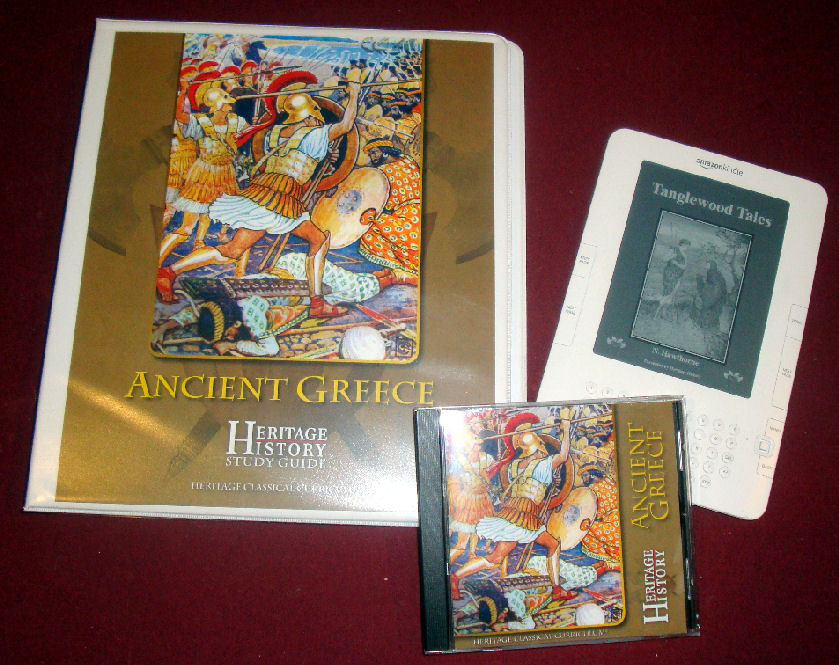 All Heritage Classical Libraries, including the
Spanish Empire Classical Library,
contain a broad selection of books on a particular historical topic,
but do not include maps, timelines, character lists, battle dictionaries, or
other learning resources associated with a complete curriculum.
All Heritage Classical Libraries, including the
Spanish Empire Classical Library,
contain a broad selection of books on a particular historical topic,
but do not include maps, timelines, character lists, battle dictionaries, or
other learning resources associated with a complete curriculum.
Even without the additional learning aides, Heritage Classical Libraries
can be used as the
basis of a reading-based course of study, or they can be used to supplement
other traditional curricula. Conventional
history texts often do a thorough job of covering the basics, but they
don't have space to tell the most interesting stories of history
in detail. Heritage Classical Libraries correct this deficiency by
providing an entire library of engaging biographies and exciting stories
from history.
Whether you use Spanish Empire collection as your primary
curriculum, or to supplement another program, it may be instructive to
read the Heritage Classical
Curriculum User Guide, supplied with this library.
The differences between a conventional history program, and
the "living books" method of learning history, recommended by
Heritage History, are discussed in the introduction, along with
other aspects of the Heritage History learning philosophy.
Most of the rest of the guide focuses on practical tips for
keeping students on track learning the essentials while maintaining
enough flexibility to allow them to pursue their own interests.
We recommend that anyone who is interested in the program review
its contents.
About Spanish and Latin American History
Much of the history of Spain is glorious, and the story of the rise and
fall of the Spanish Empire is one of the most fascinating episodes in
world history. Although the influence of Spain declined in the 18th and
19th centuries, during the late Middle Ages Spain was the wealthiest and
most influential of European powers. Spanish and Portuguese explorers
discovered the New World and established a sea-route from Europe to
Asia, and their stories are among the most dramatic and consequential
in World History.
The early history of Spain was deeply influenced by its occupation by
Moors from the 8th to the 15th century. The Christians of the
Iberian Peninsula, who never renounced their faith during centuries of
Moslem domination, fought relentlessly to reclaim their land.
The 700 year struggle against the Moors hardened
the Spaniards into bold but chivalrous warriors with a fierce
loyalty to their Christian faith.
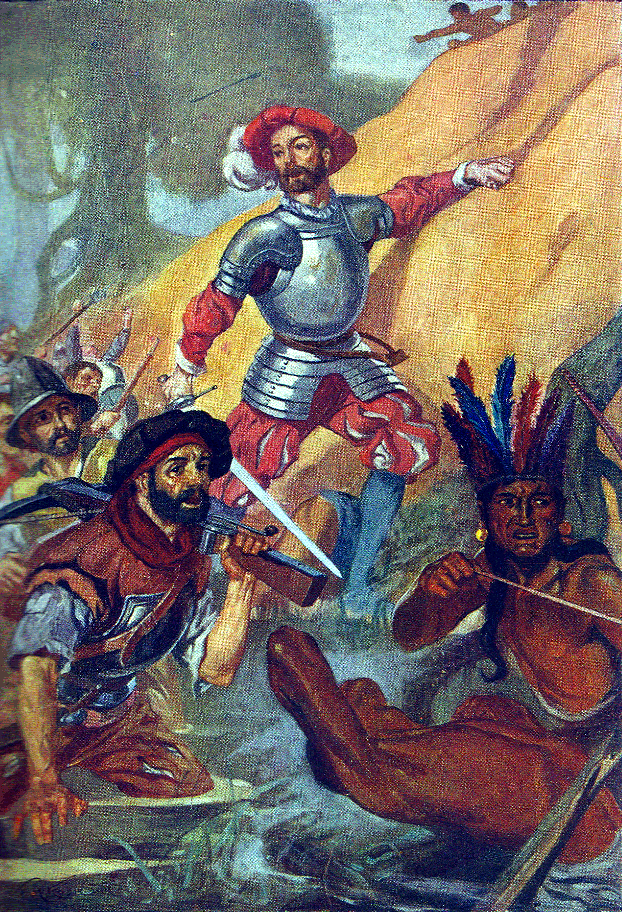 The Spanish and Portuguese proved themselves not only the most courageous warriors in
Europe during the Middle Ages, but also the best sailors. The tremendous advances
in ship-building and navigation that led to the opening of trade routes and to the
discovery of America, were mostly attributable to the Spanish and Portuguese.
While the Spaniards drove the last of the Moors out of Western Europe,
the Portuguese dealt a crippling blow to the Turkish Empire in the East. This
double-blow kept all of Christian Europe safe from Moslem
incursions since it was the loss of control of the lucrative eastern trade,
rather than a decisive military loss in the Balkans, that slowed
Turkish advances in Europe.
The Spanish and Portuguese proved themselves not only the most courageous warriors in
Europe during the Middle Ages, but also the best sailors. The tremendous advances
in ship-building and navigation that led to the opening of trade routes and to the
discovery of America, were mostly attributable to the Spanish and Portuguese.
While the Spaniards drove the last of the Moors out of Western Europe,
the Portuguese dealt a crippling blow to the Turkish Empire in the East. This
double-blow kept all of Christian Europe safe from Moslem
incursions since it was the loss of control of the lucrative eastern trade,
rather than a decisive military loss in the Balkans, that slowed
Turkish advances in Europe.
In the New World the Spaniards settled and civilized an entire continent in only
a few generations. There were unquestionably cruel abuses of natives and tragic
exploitation, but neither the King of Spain or the Church officially condoned mistreatment
of the native population. Royal laws were proclaimed that demanded the natives
be protected and not enslaved, but good intentions have never successfully
repressed greed and corruption, and the first Viceroy who attempted to enforce
the "New Laws" was driven out of the country. Nevertheless, the Catholic
Church did Christianize the natives, there was much intermarriage, and mixed-race
children were common from the earliest generations of Spanish rule. The natives
were frequently treated as second-class citizens, but they were incorporated
into Spanish civilization, rather than isolated and obliterated, as they were
in Anglo-Saxon territories.
Anglo-Saxon Biases and the Black Legend—In spite of the historic
achievements of the Spaniards, the glory days of the Spanish
empire are so far distant, and its more recent history so checkered, that in contemporary histories
Spain is typically presented as an obscurant, corrupt force of tyranny in stalwart opposition to
"enlightened" modernism. From the earliest days of the Spanish empire, throughout the age of revolution,
the interests of Spain were largely in conflict with those of England and Northern Europe, and
when entrusted to the pens of Anglo-Saxons, the story of Spain and its dominions
does not fare well. Religious conflict is part of the problem of course, but from the earliest
days of Spanish exploration to the end of the 19th century, Anglo-Saxons have coveted and
encroached upon Spanish territories, and it has always been in English interests to present
Spain as a corrupt and illegitimate power.
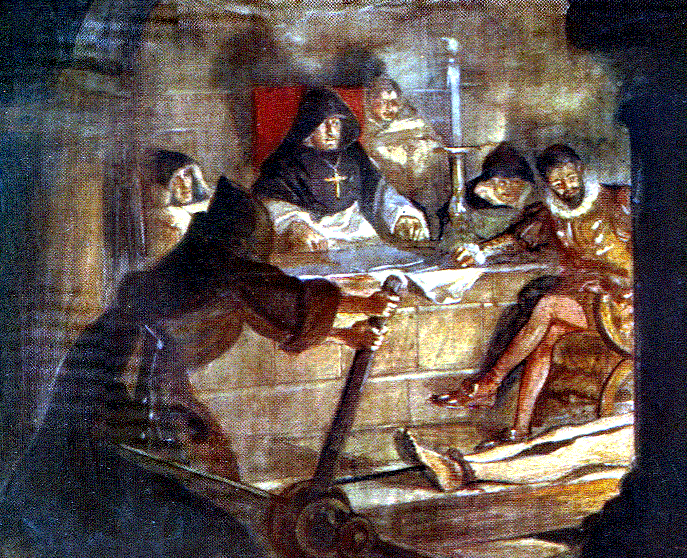 According to Wikipedia, The Black Legend refers to "a style of
historical writing that demonizes the Spanish Empire in a politically
motivated attempt to morally disqualify Spain and its people, and to incite
animosity against Spanish rule. The Black Legend particularly exaggerates the
treatment of the indigenous subjects in the territories of the Spanish Empire
and non-Catholics in its European territories."
This nicely summarizes the tone and content of much English
historical writing on the subject of Spain and its dominions. In most of
these stories, the bias is not overdone, but it is nearly always present to
some extent.
According to Wikipedia, The Black Legend refers to "a style of
historical writing that demonizes the Spanish Empire in a politically
motivated attempt to morally disqualify Spain and its people, and to incite
animosity against Spanish rule. The Black Legend particularly exaggerates the
treatment of the indigenous subjects in the territories of the Spanish Empire
and non-Catholics in its European territories."
This nicely summarizes the tone and content of much English
historical writing on the subject of Spain and its dominions. In most of
these stories, the bias is not overdone, but it is nearly always present to
some extent.
The prejudice of Anglo writers is most strident when dealing with explicitly
religious issues, but it is also evident in a bias in favor of
republican governments in Latin America, even those that were deeply corrupt
and not by any means democratic. The Protestant Reformation occurred in
England at a time when the forces opposed
to the Catholic Church were still strongly Christian, and it succeeded in
ushering an era of greater liberty and religious pluralism. The forces opposed
to the Catholic Church in modern times, however, were not nearly as benign
as those of the Protestant reformers. Many Latin "republicans" of the 19th
century were atheists and members of secret societies, rather than sincere
Christians, and they sought to plunder the church for their personal gain rather
than to "reform" it. It is difficult for liberty-loving Anglo-Saxons,
committed to constitutional, republican forms of government, to see
the problems of replacing a degenerate Christian monarchy with a corrupt
atheistic republic, so English writers tend to support the liberal
promises of republican governments and overlook their authoritarian and
kleptocratic tendencies.
At Heritage History we have a large collection of Spanish and Latin American
histories, mostly from the late 19th and early 20th century, and inevitably,
some are anti-Spanish and anti-Catholic in tone.
Nevertheless, most do a laudable job of presenting
the most interesting stories of Spanish and Latin history, and even those that
are biased are valuable and interesting.
Copyright © Heritage History 2012
All rights reserved
|





